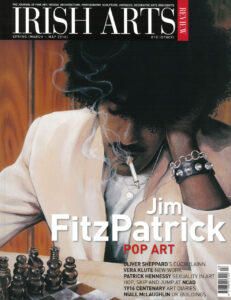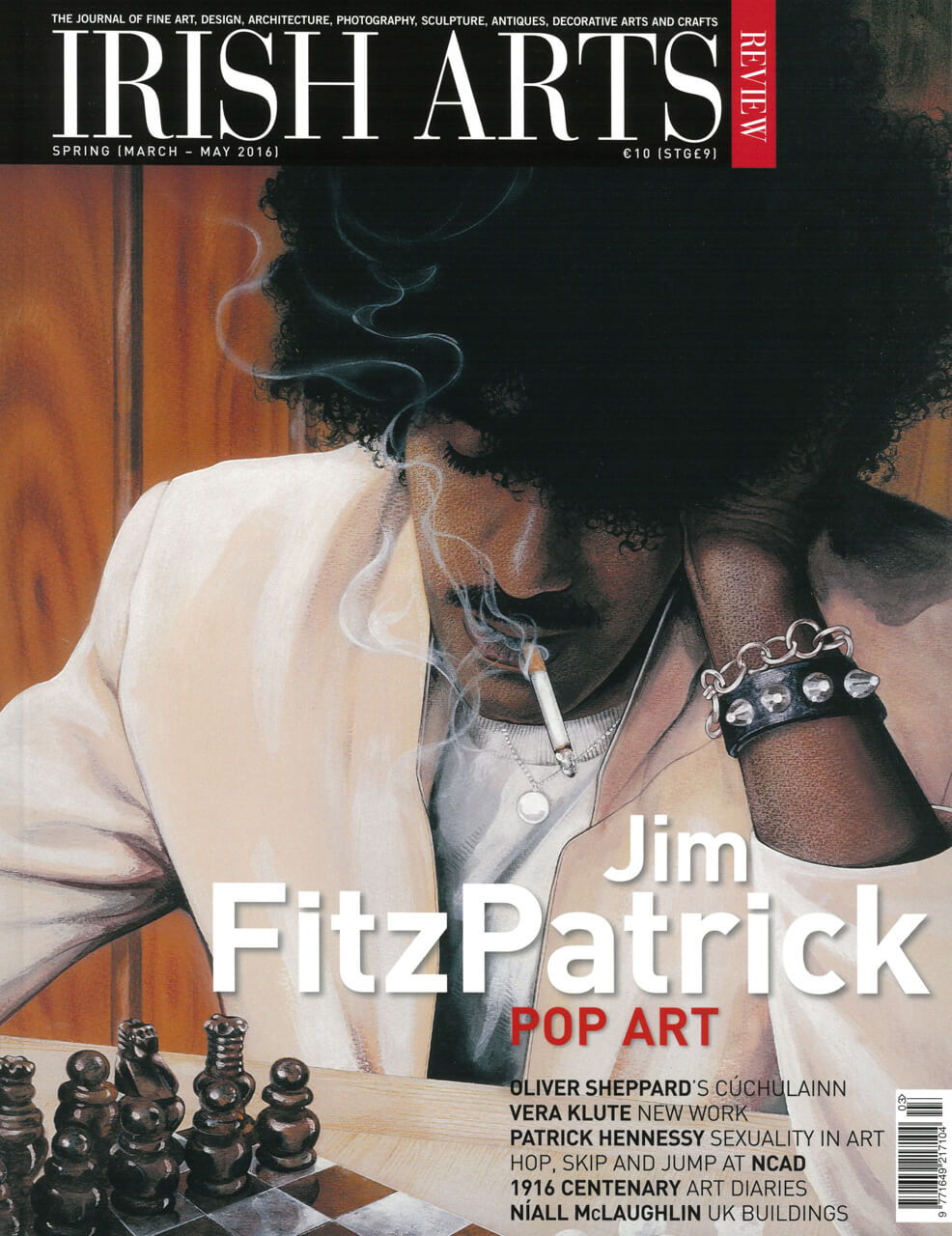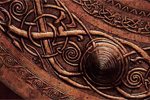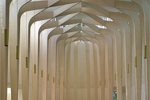

A recent visit to Sligo County Library prompts Peter Harbison to ask, could our national institutions do more to give local communities access to their treasures?
The Irish Arts Review of summer 2013 referred to an album of WF Wakeman’s watercolours of local antiquities presented to the Sligo County Library in 1951 by Commander EF Cooper of Markree Castle. It had been commissioned in 1881 by his ancestor, Colonel EH Cooper, who had played an important if not always laudatory role in the county’s politics in the middle of the 19th century. But his heart was obviously in the right place as far as the past of his native county was concerned, as his purpose was to visually record ancient monuments in the locality which might be in danger of destruction.
Col. Cooper’s prescience was rewarded in Wakeman’s picture of the friary of Banada close to the Mayo border, whose tower was to collapse in a storm in 1896. A number of the watercolours represent megalithic tombs at Carrowmore before quarrying the earth around them left some of the dolmens standing like mushrooms in a field. But his interests went far beyond the bounds of prehistory, of which Sligo has some of the most spectacular monuments in the country. The album also includes attractive scenes of castles such as Castledargan and Ballynafad (the latter noticeably visible off the road from Collooney to Boyle), and ‘abbeys’ such as Ballysadare and Ballindoon (Fig 3), as well as a jump over the county boundary into County Donegal for Wakeman to draw the surviving walls of the Cistercian abbey of Assaroe (Fig 4), of which sadly so little remains today.
The Cooper family’s beneficence in commissioning the volume (along with another one on Inishmurray) was matched by its local patriotism in presenting the pair to the County Library for public delectation, rather than preserving them in the family where few could see them. Sligo is lucky in having such treasures in public ownership, accompanying the Niland Gallery which houses a fine collection of paintings. In that respect, Sligo is perhaps better appointed than many other Irish country towns which are often starved of good-quality material to put on local display for an avid and artistically-educated public.
Both north and south of the border, the main art and archaeological collections are concentrated in the large national institutions ‚Äí the Ulster Museum and Art Gallery in Belfast, the National Museum, Gallery and Library in Dublin, the Crawford in Cork and the Hunt Museum in Limerick.
The Friends of the National Collections, founded by Sarah Purser, have tried with limited funds for almost a century to donate works of art to smaller institutions around the country but, on the whole, the large institutions housing national treasures are reluctant to part with them for any length of time, though it should be said that they carry out their custodial duties as well as they can with the reduced government funding over the last decade, as was given prominence recently in the case of the National Library. A few years ago, the National Museum in Dublin lent to its Folk Park division in Castlebar, Co Mayo, the famous Moylough Belt Shrine (which had been found just over the border in County Sligo), and I am sure that there are many other examples not cited here, but a strong case can be made for the national institutions to be a bit more generous in lending objects to the areas from whence they came. These need not be major national treasures like the Ardagh Chalice, but could be smaller items (such as stone axes, of which there are thousands) which could help to give people in the provinces a greater interest and pride in their locality.
Security is, understandably, a good reason given as to why lending to smaller museums and galleries around the country should be limited. With the recent tragedy of Palmyra in mind, I sometimes imagine what an irreparable loss to national pride and prestige it would be if ‚Äí Allah forbid ‚Äí a bomb were to go off in the Treasury of the National Museum. Unthinkable, or‚Ķ I remember the late Michael Wynne arguing in favour of Harry Clarke’s Geneva Window being sold to the Wolfson Foundation in Florida on the basis that it would make more people in the world aware of the quality of Irish stained glass. It is, perhaps, also a lesson not to have all one’s treasures in the same basket within the walls of a single institution.
All images courtesy Sligo County Library.
Peter Harbison is honorary academic editor with the Royal Irish Academy.
1 WILLIAM FREDERICK WAKEMAN (1822-1900) CASTLEDARGAN, COUNTY SLIGO
2 THE HIGH CROSS OF DRUMCLIFF, COUNTY SLIGO (Eastern view)
3 BALLINDOON ABBEY, COUNTY SLIGO
4 THE ABBEY
OF ASSAROE, COUNTY DONEGAL



